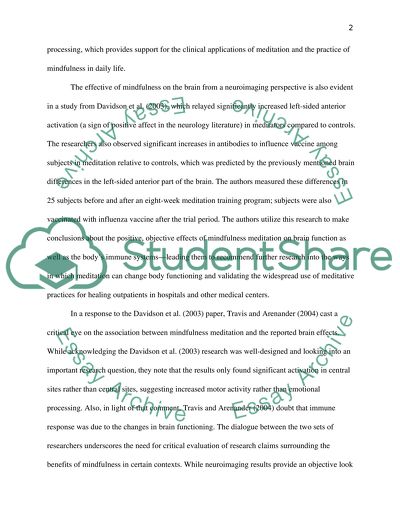Cite this document
(“Neuropsychological evidence of mindfulness Term Paper”, n.d.)
Neuropsychological evidence of mindfulness Term Paper. Retrieved from https://studentshare.org/psychology/1627276-neuropsychological-evidence-of-mindfulness
Neuropsychological evidence of mindfulness Term Paper. Retrieved from https://studentshare.org/psychology/1627276-neuropsychological-evidence-of-mindfulness
(Neuropsychological Evidence of Mindfulness Term Paper)
Neuropsychological Evidence of Mindfulness Term Paper. https://studentshare.org/psychology/1627276-neuropsychological-evidence-of-mindfulness.
Neuropsychological Evidence of Mindfulness Term Paper. https://studentshare.org/psychology/1627276-neuropsychological-evidence-of-mindfulness.
“Neuropsychological Evidence of Mindfulness Term Paper”, n.d. https://studentshare.org/psychology/1627276-neuropsychological-evidence-of-mindfulness.


